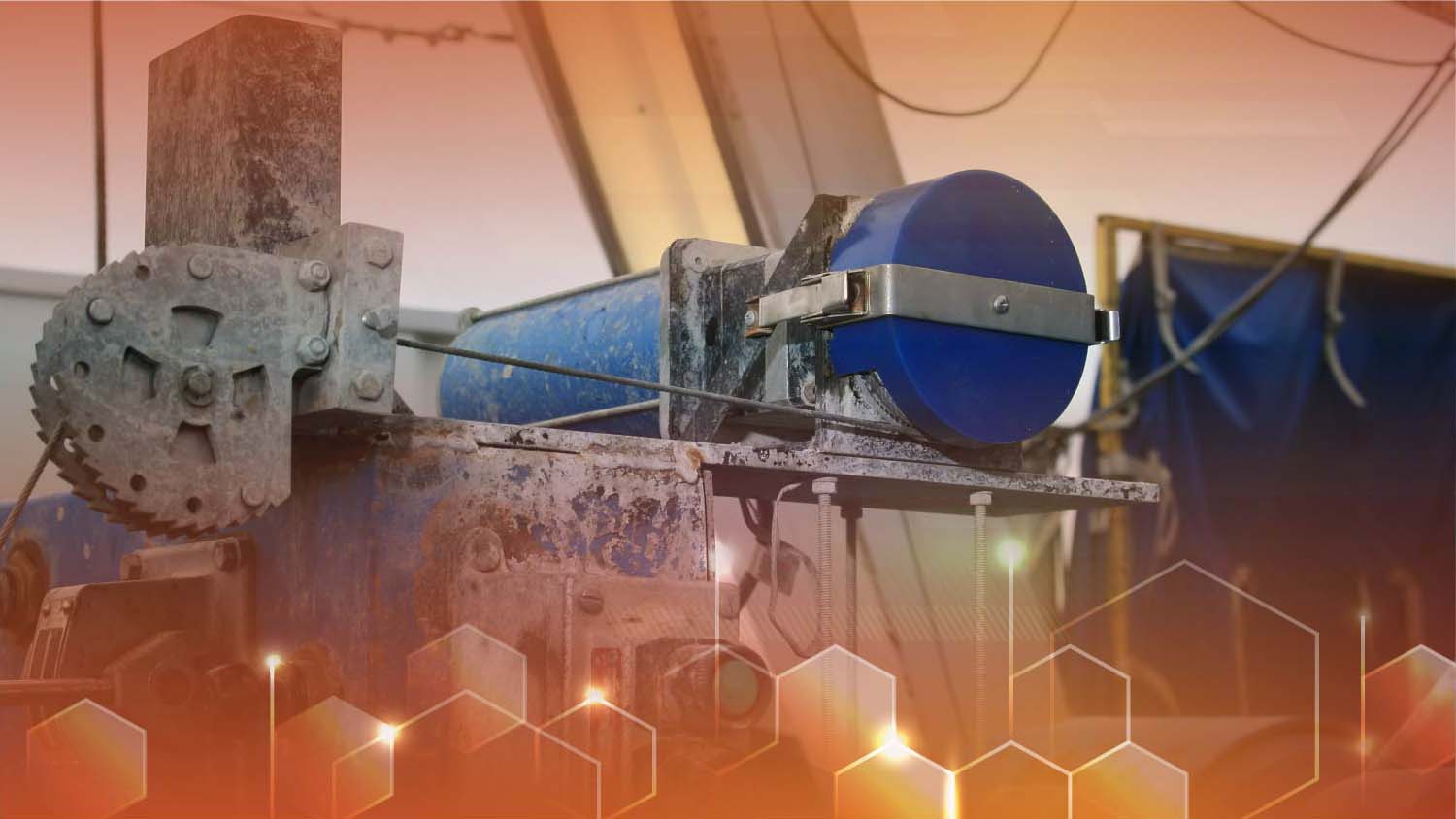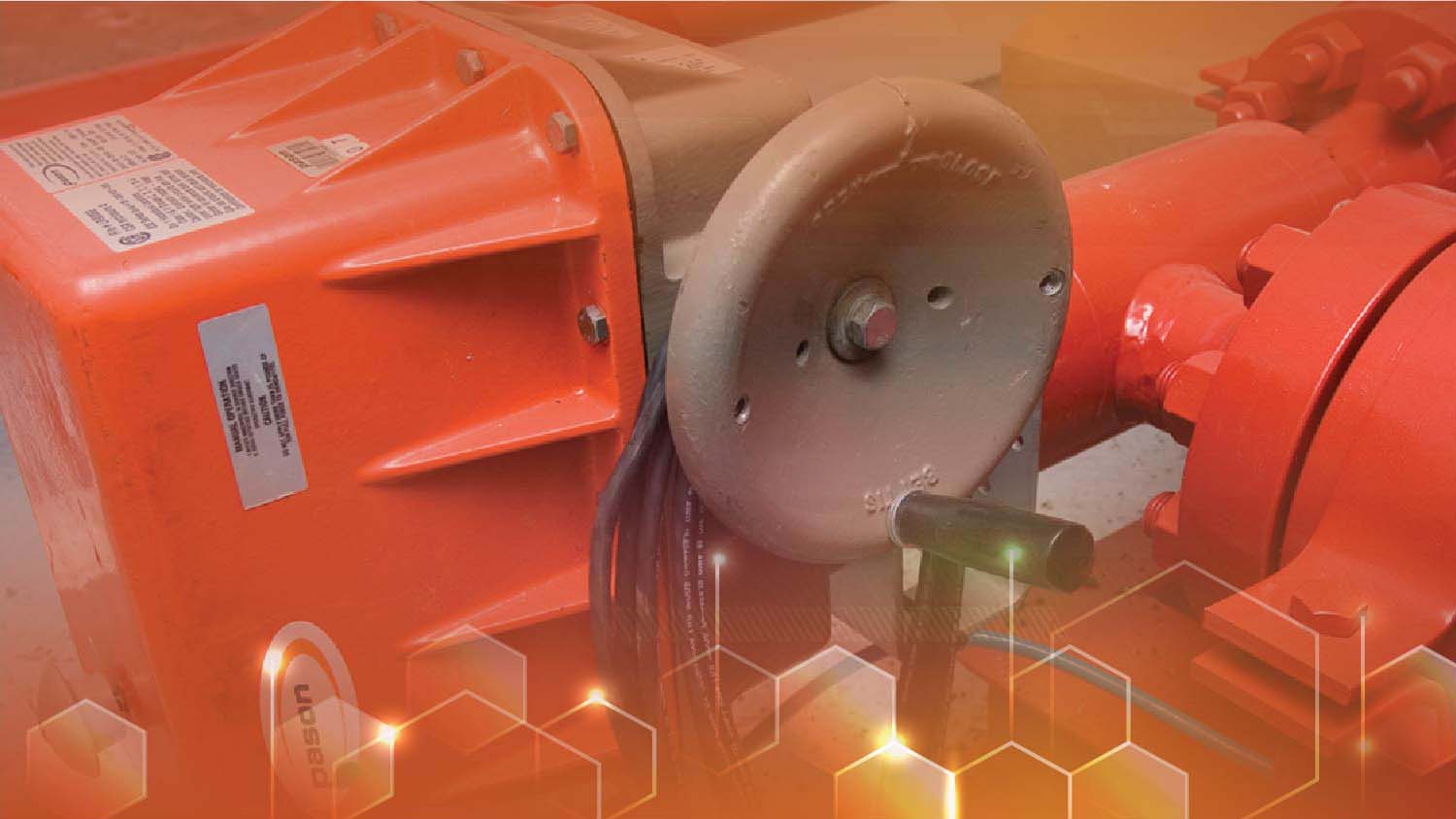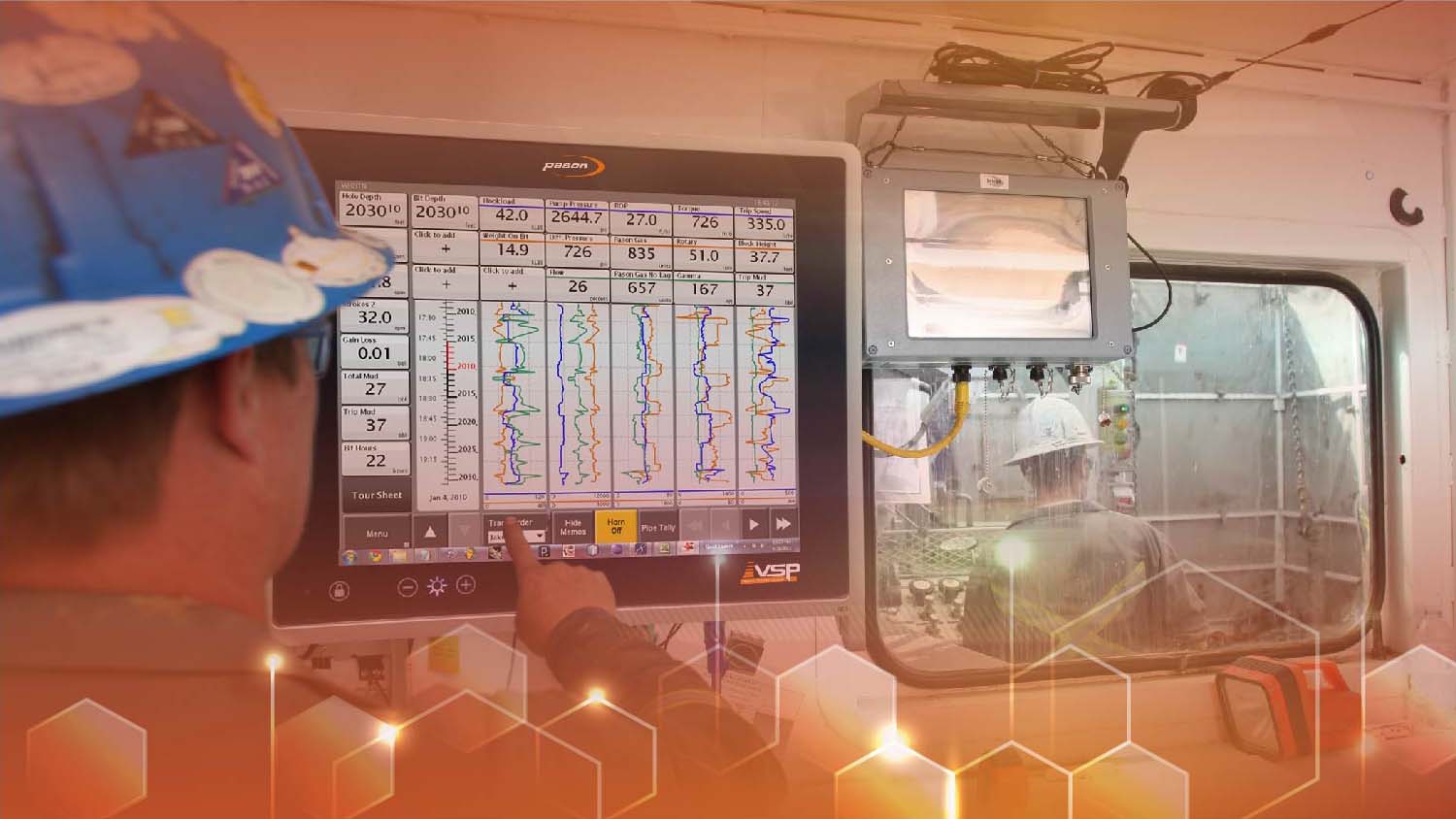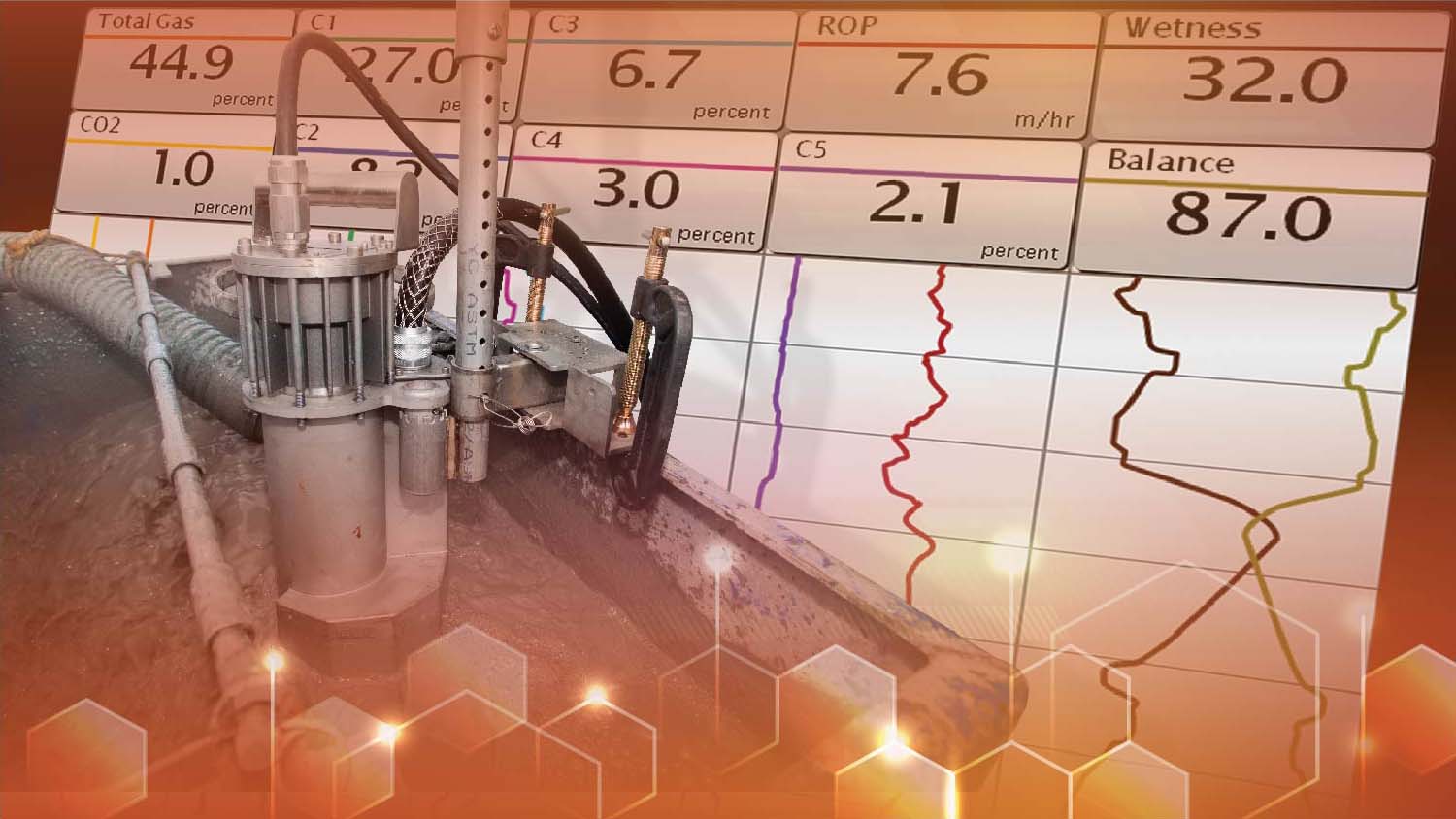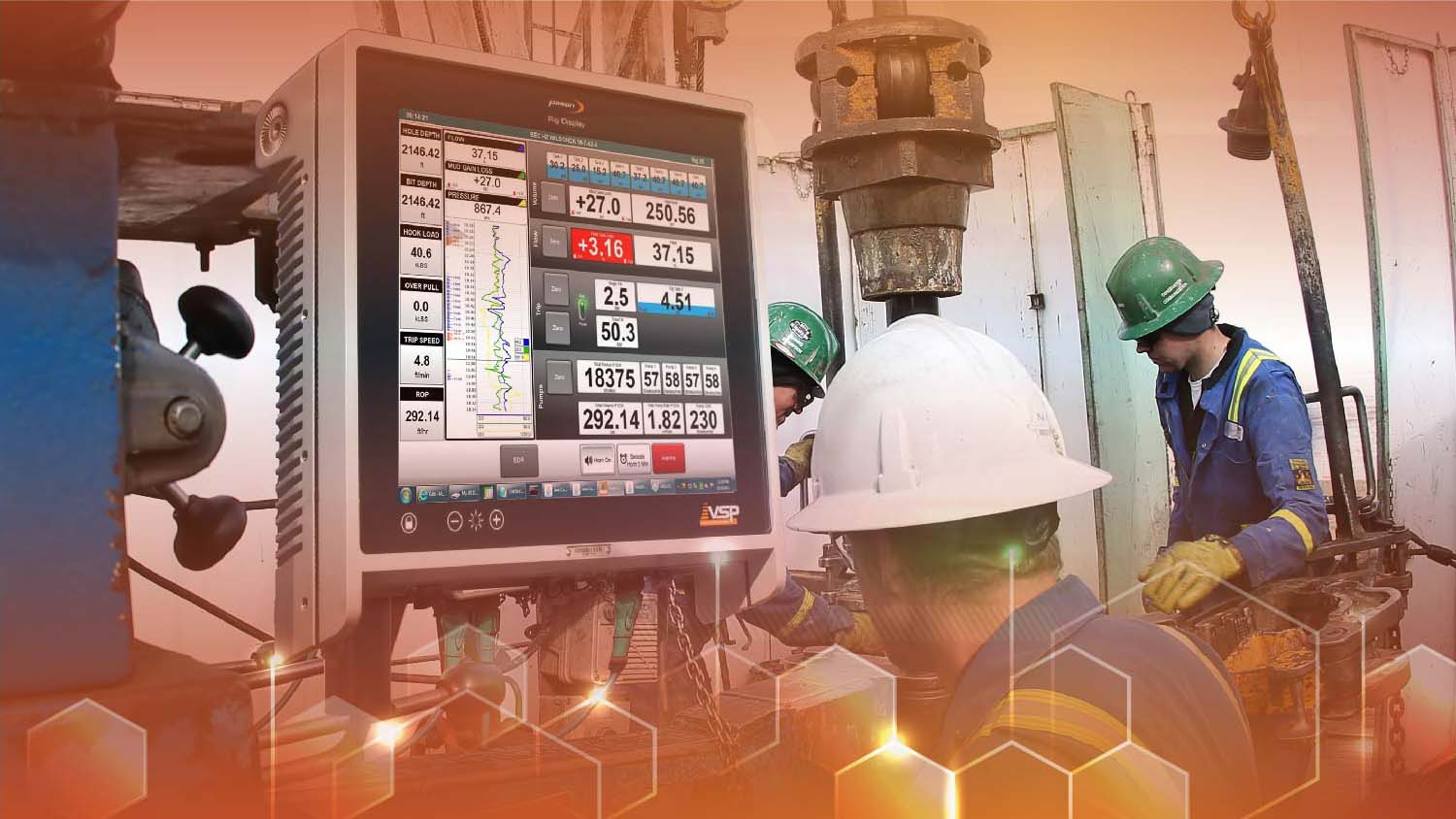SPE PAPER: Published on Pason Systems, June 27, 2024
Real-Time Drilling Fluid Measurements Provide Value Via Data-Driven Decision Making for Cost-Sensitive Unconventional Environments
A new approach to real-time automated drilling fluid measurement systems leads to enhanced collaboration and decision making between field and remote operations personnel. The approach is based on straight forward technology that can easily be understood by all, operated by field personnel, and robust enough for fast paced unconventional operations. The sensor information offers real-time actionable data without the demand to replicate the traditional daily mud report, streamlining wellsite activities for drilling fluid treatment as fluid conditions change.
The automated drilling fluid measurement system (mud skid) was designed for reliability and simplicity. The idea is to use trending data over the single data point mud check to drive real time decision making across teams. Rather than replace the fluids specialist on location it enhances their role to drive operational excellence and consistency in their day-to-day rig support. Everyday across multiple rigs, drilling fluids specialists use the data to adjust treatment schedules, optimize activities, and capture unplanned events as early as possible to lower treatment cost with the support of the remote operations center (ROC). The ROC's monitoring activities drive fluid enhancements across multiple locations via data transparency and analysis, sharing of best practices, and event detection. With a few proven and fit for purpose sensors, the mud skid adds value within the cost limits of the unconventional well market.
There is an opportunity for value generation via the use of economical drilling fluid sensors where costs traditionally limit full-scale automated drilling fluid measurements. The mud skid unit provides sufficient data to generate value without prohibitive expenses. The mud skid unit and the data collected are now part of standard operations across multiple rigs and basins. The data streams, available in real-time to everyone from the derrick hand to the drilling engineer, have created a new workflow for decision-making, fluid maintenance, trouble-shooting, and early event detection. As more events are captured by the sensors, there are additional opportunities to train machine learning algorithms and develop predictive models.
This paper will review the development process, deployment, and delivery of the mud skid unit with case histories demonstrating the advantages and opportunities for simple, real-time data streams.
Copyright 2023, Society of Petroleum Engineers
Credits
W. Petty, M. Offenbacher, R. Jara, C. Rabb, S. Unrau
Go to Paper >
ARTICLE: Published on Drilling Contractor Magazine, July 13, 2022
Recent efforts touch on standardization, aggregation from disparate sources, automated processing and customizable delivery to users.
Credits
Stephen Whitfield, Associate Editor
Go to Article >
SPE PAPER: Published on Pason Systems, May 2, 2022
This paper recommends standardized names and equations for the two most common uses of Mechanical Specific Energy (MSE) concepts: "Total MSE" and "Downhole MSE". These names and their equations should be used uniformly in all applications, including electronic drilling recorder (EDR) pick lists, rig site surveillance, engineering surveillance, data analytics, research, and technical publications.
Mechanical Specific Energy, used as a metric for drilling efficiency, is a mathematical calculation of the energy used per volume of rock drilled. The Downhole MSE equation calculates the efficiency of the bit alone, while the Total MSE equation includes both the bit and drill string. Those who use MSE in surveillance or analytics know the negative effects created by the lack of standardization over the years; it is certainly not a new problem.
The lack of standardized nomenclature has resulted in the use of the same name for different equations, or different names are given two equations that are identical. This affects the ability of drill teams to engage vendors in redesign of performance limitations or to communicate new operational practices between teams or rigs. In addition, this standard corrects a mathematical error that is common in calculating the Total MSE.
The concern with the inconsistencies has increased as MSE has become a key element in many automated optimization schemes. Inconsistencies or uncertainties in the basis of MSE values calculated in real time or shared in large data sets will affect the industry's ability to develop useful analytics or to automate rig control platforms and data-driven decisions.
This paper also includes a discussion of the MSE measurement errors and their effect on calculated values, which is of particular interest to controls engineers and those involved in data analytics. Examples are provided to illustrate how the two different MSE values are used in field operations. Also, a substantial reference list of current and potential future uses of MSE is included to encourage better MSE-based practices to potentially lead to the development of new uses in the future, including automation.
This ad hoc MSE Standardization Committee is a volunteer group with representation from operators, rig contractors, service companies, and data acquisition vendors. The guidance given reflects their shared experience in utilizing MSE in surveillance and analytics, and the recommended equations are technically correct.
Copyright 2022, IADC/SPE International Drilling Conference and Exhibition
Credits
Fred Dupriest, Texas A&M University; Paul Pastusek, ExxonMobil Upstream Integrated Solutions Company; Stephen Lai and Bob Best, Pason Systems; Michael Behounek, Apache Corporation; Bryan Cook, National Oilwell Varco; Wendell Basarath, Contractor; Chris Cutts, K&M Technology Group; Jared Collins, Occidental; Mohammadreza Kamyab, Corva; Dennis Moore, Marathon Oil Ret; Eric Pulpan, Marathon Oil; Austin Jeske and JJ Wilson, Pioneer Natural Resources; Jamie Sheets, Ensign Energy
Go to Paper >
PDF: Published on Pason, July 13, 2021
Halliburton Project Management’s innovative approach to drilling optimization resulted in a new field record in Oman, in part by utilizing Pason System’s automation solutions, realtime drilling optimization, and high-quality data for enhancing well construction rates.
As a global leader in the management and delivery of lump-sum turnkey (LSTK) projects, the Halliburton Project Management (HPM) team deploys a suite of technologies, engineering services, and industry expertise to deliver wells safely and efficiently. LSTK projects are often outsourced to vertically integrated service companies due to the complexity or size of the drilling program, and Halliburton has been awarded several projects worldwide based on their proven record of meeting or exceeding customer’s expectations.
In Oman, HPM was presented with challenging targets from the NOC, and HPM responded with a structured, targeted strategy for success. Over the first 12 months, HPM’s primary focus was on deploying the proper personnel and services, identifying challenges specific to the drilling field, and reliably identifying and tracking invisible lost time (ILT) and non-productive time (NPT) to better control and reduce off-bottom time. The second phase was to explore improvements in on-bottom performance and Rate of Penetration (ROP) using new technologies and collaborations with other industry leading specialists.
This paper describes the challenges and step-by-step chronology of solutions deployed to achieve continuous performance improvement and merits of integration amongst Halliburton and Pason for maximizing drilling performance. By effectively focusing on process execution, the project team was able to achieve field records for best composite time for oil-producing wells and for water-injector wells.
Open PDF >
PATENT: Published on United States Patent, September 8, 2020
Methods, systems, and techniques for performing automated drilling of a wellbore. The wellbore is drilled in response to a first drilling parameter target (such as weight on bit) that includes a first drilling parameter offset modified by a first drilling parameter perturbation signal. A first drilling performance metric (such as rate of penetration) is measured and is indicative of a response of the drilling to the first drilling parameter target. An output of a first objective function is determined using the measured first drilling performance metric. A first correlation between the output of the first objective function and the first drilling parameter perturbation signal, and an integral of the first correlation, are determined. The first drilling parameter target is updated using the integral modified by the first drilling parameter perturbation signal. The wellbore is drilled in response to the updated first drilling parameter target.
Credits
Ng, Choon-Sun James (Calgary, CA)
Khromov, Sergey (Calgary, CA)
Go to Patent >
SPE PAPER: Published on One Petro, August 31, 2020
Large-Scale Deployment of a Closed-Loop Drilling Optimization System: Implementation and Field Results
On a land-based rig, the driller has many responsibilities and is rarely able to adjust the main process controls—weight on bit (WOB) and revolutions per minute (RPM)—on a continuous basis. The result is suboptimal drilling and longer spud-to-target depth (TD) time than necessary. Automatic, closed-loop optimization removes this burden and results in better and more consistent drilling performance. In this paper, a closed-loop drilling optimization system is presented with results from more than 1,700 wells in the field.
The closed-loop system builds on industry-proven advisory technology and is designed uniquely for petroleum drilling. Because formation characteristics can change rapidly with depth, a fast optimization algorithm based on input signal dithering is used to continually adjust drilling parameters to search for the highest possible rate of penetration (ROP) and lowest possible mechanical-specific energy (MSE). Drilling dysfunctions, such as stick-slip and formation stringers, are treated as discrete time events and mitigated using software protocols triggered by accurate detection algorithms. Also, operation of the inner loop autodriller is of critical importance and controlled using a specialized set of autodriller management protocols.
Over the past 2 years, the system has been deployed on more than 270 rigs for construction of more than 1,700 land wells in North America. One of the main deployment challenges was the need for full organizational buy-in from both rig and office personnel. Another major challenge was the need for parameter limit roadmaps that define reasonable, but nonconservative, optimization limits to be used during the drilling of each well. Drilling performance on approximately 90 wells was analyzed and compared with equivalent offset wells. The result was an ROP improvement of 7.2% and 8.0% (2-year average) and 9.7% and 17.3% (last year average) for the vertical and lateral sections, respectively. A case study is presented highlighting improved ROP and decreased nonproductive time (NPT) when the optimization system was used.
Copyright © 2021 Society of Petroleum Engineers
Credits
Pason Systems: Stephen W. Lai,James Ng, Aaron Eddy, Sergey Khromov, Dan Paslawski,Ryan van Beurden,Lars Olesen
ExxonMobil Upstream Research Company: Gregory S. Payette, Benjamin J. Spivey
Go to Paper >
